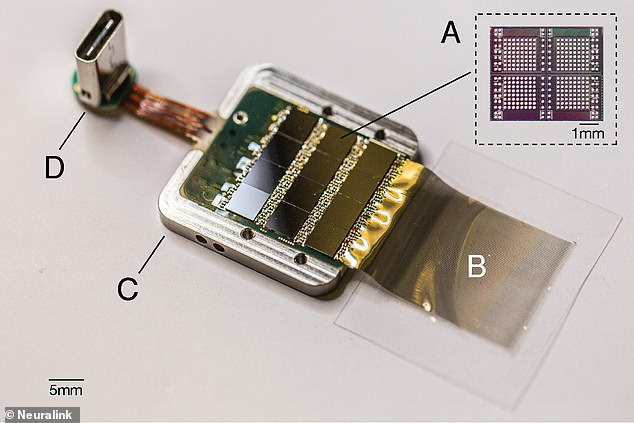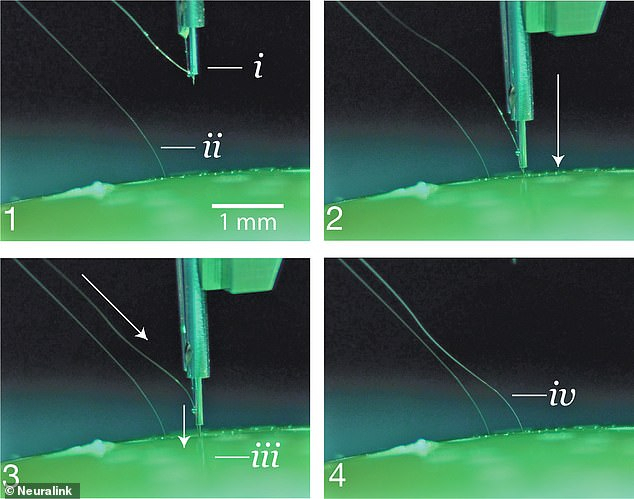In order to prevent our species from being out spaced by artificial intelligence, Elon Musk's dream of linking the human brain with the computer is set to become a reality. In a podcast with Joe Rogan, he said Neuralink will be ready with a brain implant within a year.
He explained that only a scar will be left behind in the process where robots will insert electrodes into the brain with a device into a hole after removing a small chunk of the skull. Neuralink is designing tiny flexible threads that will be 10 times thinner than a human hair to treat brain injuries and trauma. Musk revealed that the technology will be able to create a symbiosis between humans and AI that can develop into a full brain interface in 25 years.
Musk said they are not testing humans yet but it will not take very long. "We may be able to implant a neural link in less than a year in a person I think," he added. In February, he tweeted that his company had improved the initial design of implant that was presented last year. Without disclosing too many details, he said the newer version that will be unveiled sometime during the summer this year will be more advanced.
Wait until you see the next version vs what was presented last year. It’s *awesome*.
— Elon Musk (@elonmusk) February 3, 2020
Musk tweeted that this version has a profound impact of high bandwidth and high precision neural interfaces. Neuralink is working to get this in humans as soon as this year. He went on to say that they need to determine the greatest utility vs risk making the device super safe and easy to use before the launch.
Tiny device similar to face of smart watch

Last year, Neuralink unveiled the first version of the tiny device that was around one inch in diameter. While talking about risks involved with placing foreign objects in the body, he said there is very low risk of rejection. "People put in heart monitors and things for epileptic seizures, deep brain simulation, artificial hips, and knees that kind of thing. It's well known what is cause for a rejection or not."
The research on brain-machine interfaces (BMI) was first submitted by Neuralink on August 2, 2019 at bioRxiv. The study claimed that BMIs have enough potential to help people with a wide range of clinical disorders. "For example, researchers have demonstrated human neuroprosthetic control of computer cursors, robotic limbs, and speech synthesizers using no more than 256 electrodes." However, it acknowledges that clinical BMIs have not yet been widely adopted.
Tiny threads inserted in brain's specific region

In Neuralink's research, as many as 3,072 electrodes can be distributed across 96 flexible threads. With the help of neurosurgical robot, six BMI threads can be inserted per minute into the brain marking specific regions. "Each thread can be individually inserted into the brain with micron precision for avoidance of surface vasculature and targeting specific brain regions," the report states.
Musk said brain-machine interface would help us to grow towards symbiosis between human and machine. Within 25 years from now an entire brain interface could be possible. This will be like an AI extension of oneself where one will have a computer extension and an online extension of oneself. You would be more in the cloud than your body.









